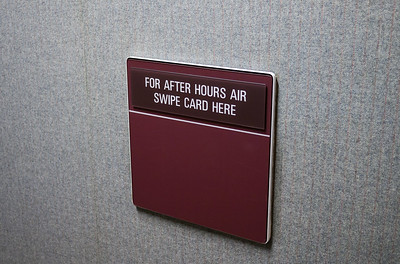Earlier this week, the Chronicle published an article that contained all the arguments that I predicted last month against changing the overtime rules for higher education hourly workers.
“We’re going to have to cut student services to pay for this.”
“Our only option is to lay off staff.”
“We’ll need to raise tuition to pay for this.”
Except we all know this isn’t really the case. Administrators make no suggestions for saving money through efficiency improvements. Or reducing the extraordinary costs related to enterprise software. Or even reducing the size of the executive squadron by a Vice President or five.
Of course, it’s possible to simply bar employees from working more than 40 hours per week, right? Unless, of course, the institution depends upon the strategy of failing to fill open positions, and then shops off the extra work onto its lowest-paid employees to make its books look better. After all, there’s nothing wrong with a little financial legerdemain now and again, is there?
It’s especially infuriating when the Trustees make some obnoxious comments “thanking” the administration for coming up with a 1.5% annual raise for the institution’s lowest paid employees – as though that’s somehow generous. (Meanwhile, they can magically afford to negotiate tens of thousands of dollars annually in raises, bonuses, perks, deferred compensation, and benefits for the President behind closed doors.)
Instruction isn’t the only budget area that the Administration can cut. In fact, the Trustees should bar the Administration from making cuts to instruction and student services to pay for the additional overtime. In WCC’s case, there are a raft of options for generating the needed cash.
Overtime funding should come from non-instructional cuts
Raising enrollment is one possibility. Admittedly, it would be easier to attract new students into programs if the resulting degree were worth more in the job market.
It’s also easier to retain existing students than it is to find new ones. Before the Trustees authorize any budget cuts, they should determine what the Administration is doing to ensure student retention; increase the number of credit hours students enroll in; and make sure students know how (and when) to submit financial aid applications.
The Administration should be able to present a clear explanation of why students are disenrolling after having completed some portion of their coursework. And once they can explain why students aren’t returning, they should present their strategy for combating attrition.
You can address increases in costs in one of a few ways: you can increase your revenue to cover the added expenses. You can reduce costs by streamlining operations and adopting more efficient practices. Along the same lines you can cut other expenses by renegotiating contracts; terminating expensive and/or unnecessary services, and by restructuring the staff that neither provides instruction or student support services. Over time, many unnecessary layers of management accumulate in an organization. The administration is always free to reduce those layers.
Just don’t accept the argument that the only way to pay the institution’s lowest-paid employees overtime is by cutting instruction and/or student services.
Photo Credit: neekoh.fi , via Flickr
















